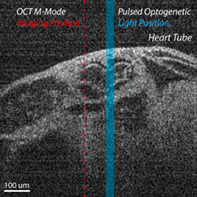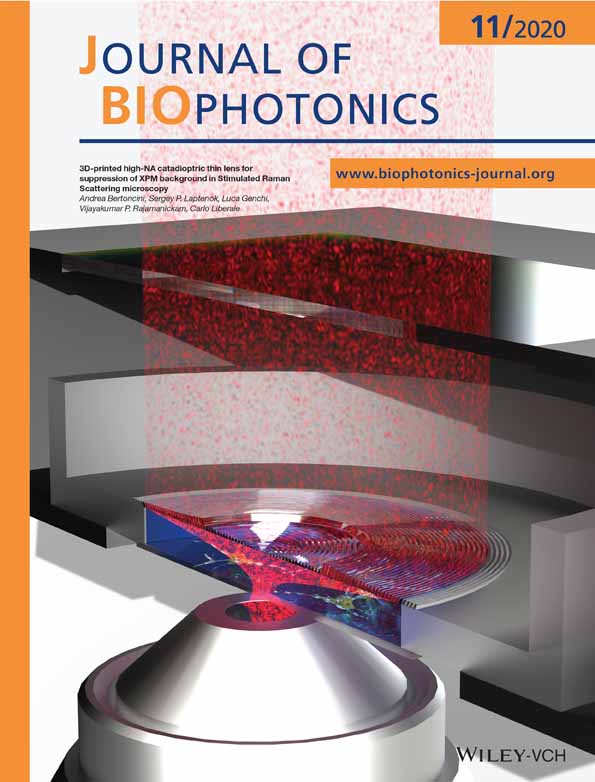Optogenetic cardiac pacing in cultured mouse embryos under imaging guidance
Funding information: American Heart Association, Grant/Award Number: 19PRE34380240; National Institutes of Health, Grant/Award Numbers: R01EB027099, R01HD096335, R01HD099026, R21EB028409
Abstract
The mouse embryo is an established model for investigation of regulatory mechanisms controlling cardiac development and congenital heart defects in humans. Since cultured mouse embryos are very sensitive to any manipulations and environmental fluctuations, controlled alterations in mouse embryonic cardiac function are extremely challenging, which is a major hurdle in mammalian cardiac biomechanics research. This manuscript presents first optogenetic manipulation of cardiodynamics and hemodynamics in cultured mouse embryos. Optogenetic pacing was combined with 4D (3D + time) optical coherence tomography structural and Doppler imaging, demonstrating that embryonic hearts under optogenetic pacing can function efficiently and produce strong blood flows. This study demonstrates that the presented method is a powerful tool giving quick, consistent, reversible control over heart dynamics and blood flow under real time visualization, enabling various live cardiac biomechanics studies toward better understanding of normal cardiogenesis and congenital heart defects in humans.




